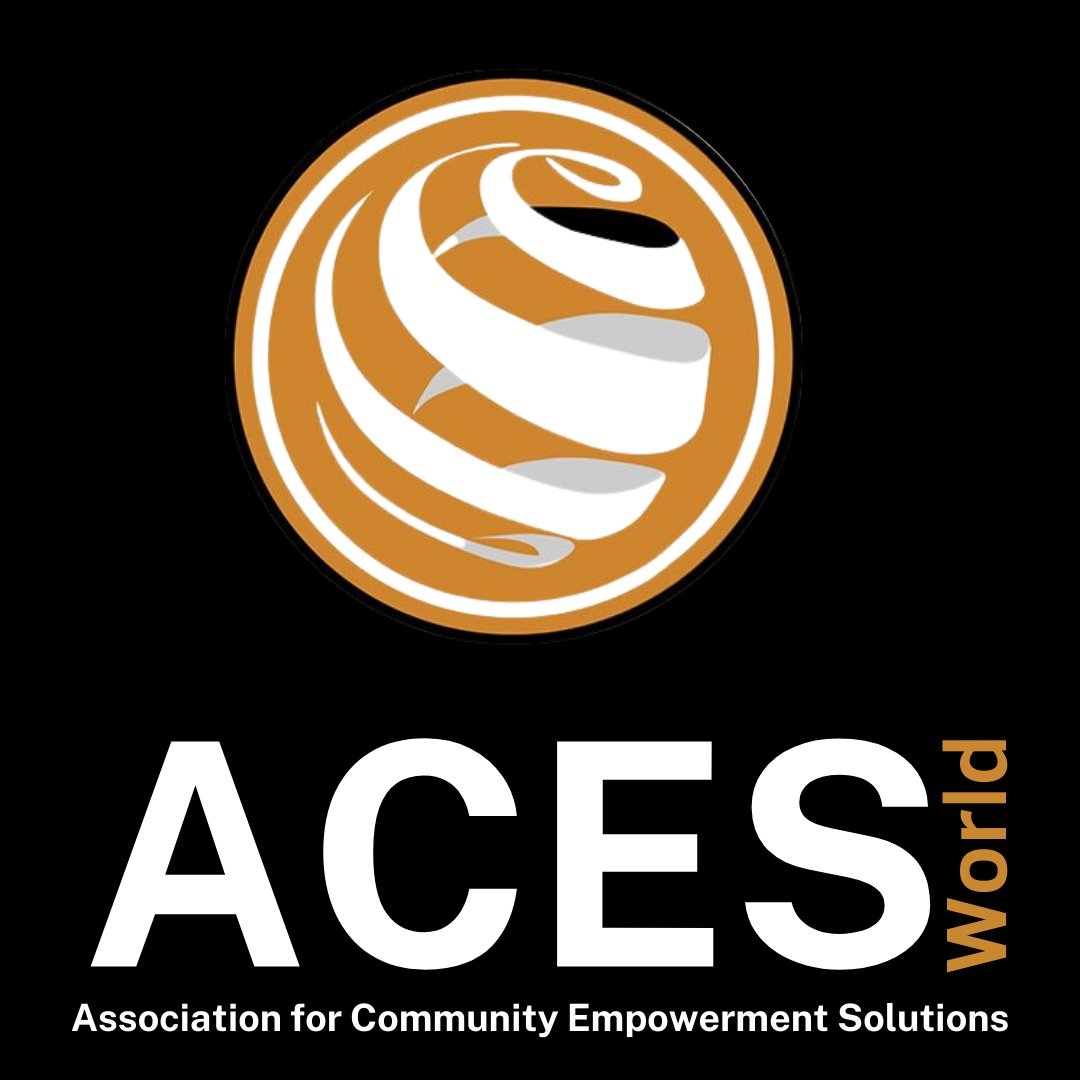Evolving Perspectives: A Journey through Women and Girls’ Rights
When the term “women’s and girls’ rights” comes up, what initially crosses your mind? What does this statement mean to you? Organizations such as Amnesty International and the Office of the High Commissioner for Human Rights offer comprehensive definitions, focusing on freedom from violence, access to education, rights to own property, and achieving socio-economic equality. However, interpreting these rights remains subjective and continues to evolve alongside individual experiences.
Faced with the challenge of defining what this term means for me, I soon realized that providing a single, definitive answer was a difficult task. My understanding and perspective continuously shifted as I matured and encountered different environments. I thought about how others perceive and internalize these concepts, in a manner akin to my evolving journey, which has shown me the intersectionality between gender roles and women’s rights but highlighted that they cannot be interchanged. I reflected on how these interpretations might evolve with experiences and integrate with the changes in our daily lives. I questioned the extent to which actions are influenced by preconceived notions of what women are "supposed" to do versus what they've been explicitly instructed. These lingering questions pushed me to delve deeper into understanding how gender roles and the definitions of women’s rights are influenced by personal experiences and cultural nuances.
As someone who was born in a small East African country to middle-class parents, it was a household where gender roles or women's rights were not explicitly discussed. However, these concepts were conveyed by them through social implications. For example, my education was highly prioritized against the backdrop of a war that had interrupted one of my parent's schooling. My parents believed that knowledge translated to empowerment, enabling one to overcome potential obstacles. This philosophy aligned with the societal context, where education dictated one's role in the household, community, and society.
In my cultural context, gender roles were rigorously defined: women were confined to domestic and caregiving roles, while men carried the burden of financial responsibilities and labor-intensive work. This socially driven perspective constituted my sole exposure to the perceived constraints on women, blurring the lines between gender roles and women's rights. Furthermore, the interweaving of religion and state in my country reinforced the equal value of men and women under God, paradoxically perpetuating the notion of equal rights among men and women.
The diverse narratives of three distinct individuals help shed light on the diverse interpretations of women’s and girls’ rights against the backdrop of their personal experiences. The first story tells of someone originating from a traditional household with both parents present. Gender roles were never explicitly discussed within the immediate family. However, the extended family subtly suggested the suitability of gender-specific roles. Despite this, the individual continued to attend higher education and serve their country, facing discrimination, yet not viewing it as an infringement of their rights.
The second story involves an individual raised in a single-parent household located in a vibrant community where they held active discussions and workshops on women's rights were held. This assisted in shaping a perspective that rejects gender roles. It helped actively demonstrate the distinctions between gender roles and women's rights, fostering a belief that goes beyond the interchangeability of both terms. The last story introduces a traditional faith-based household with a matriarchal structure but recognizes the man as the head of the household. In this setting, faith dictates gender equality. Gender roles are observed rather than discussed, reflecting the perceived relevance of these roles to current life circumstances.
These narratives underscore the intricate interplay of family dynamics, community influence, and faith in shaping individual perspectives on the rights of women and girls. They also highlighted the lack of discussion around how these rights are applied in communities today. This leads you to wonder how varied environments underscore the complexity of the intersection between personal beliefs and broader societal constructs. How can you start a conversation where you can’t place yourself at the center of it?
As we explore diverse experiences, it is clear that the definitions and applications of women’s and girls’ rights are as varied as the individuals who embody them. These individual narratives may not echo global statistics showing how gender-based violence remains pervasive globally or how women of color in the United States face higher rates of maternal mortality. It is important to acknowledge that various interpretations and outlooks, each formed by individual experiences and cultural norms, are necessary to understand where to start the conversation on rights. By combining personal narratives with statistics, we can foster a deeper understanding and advocate for a world where every woman and girl can exercise their rights freely.
